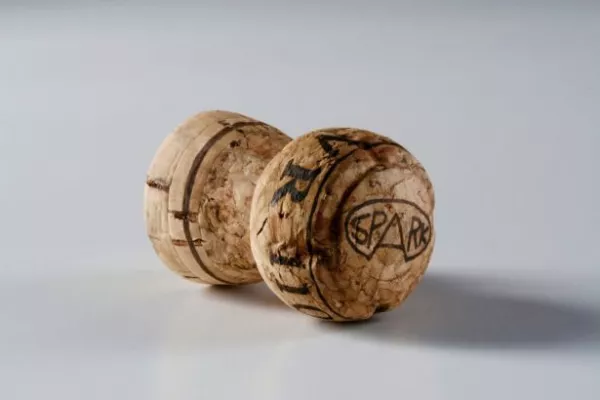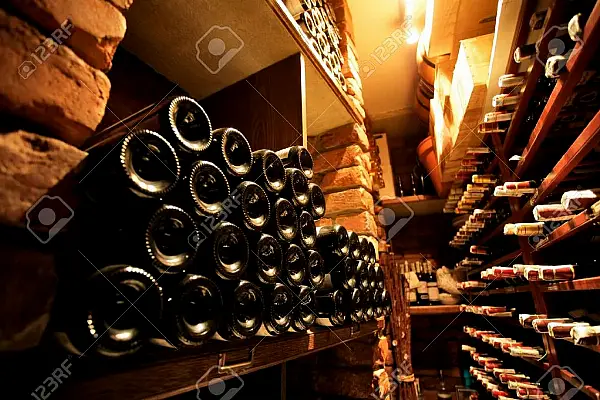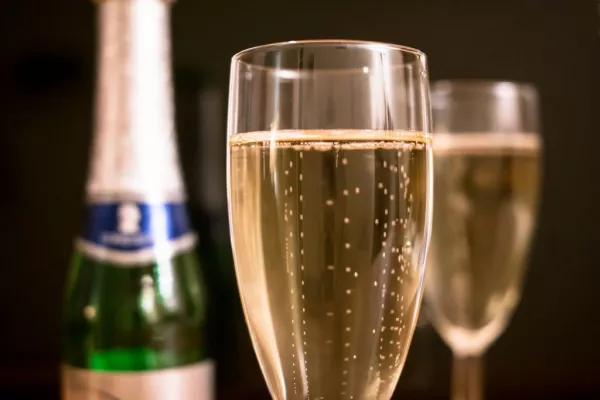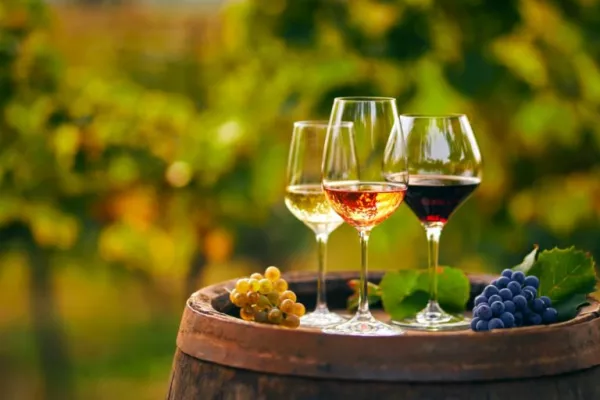In the world of champagne, the harvest of 1998 was what you call a slow burn. At first bedeviled by a weightless quality, it failed to impress the critics. But as it has aged over time, the vintage has taken on a sweet yellow fruit-and-bready character. In the meantime, the flavors have grown more and more popular among consumers and critics alike.
This fall, Dom Pérignon is releasing a selection of its 1998 vintage called P2 ($399.95), short for the “Second Plenitude,” which is basically a fancy way of saying the wine has been aged for a minimum of 12 years. (The First Plenitude is a minimum of 7 years; the Third Plenitude is fermented at least 20 years.)
During these phases, the champagne gradually transforms in the cellar as it develops more and more yeast formed from the fermentation in the bottle. From a scientific perspective, more yeast means more oxygen means more bubbles. More bubbles, the more it crackles and diffuses on your tongue; it’s lighter, and it’s more pleasant to pair with food.
Noted champagne lover and two-time Academy Award-winning actor Christoph Waltz is rolling out the campaign this year. We took the opportunity to ask him about whether he ever drinks champagne cocktails and why you should drink bad champagne every once in a while. Here are five rules from the call. (Imagine them said in his Christopher Walken-like speech patterns for maximum effect.)
Save it for an important occasion: "My first memory of drinking champagne was when visiting my grandparents. The night before we would leave, they always opened a bottle of champagne to top it off. As children, we didn’t get much, but it was still an event marked with a bottle of Champagne." But not every celebration needs to be happy: "A glass of champagne is connected to an extraordinary event, something pivotal, something important. It’s not necessarily just joy and happiness—it can be sombre and a little weighty, too, but still worth marking with a bottle of Champagne."
Don't mess with it: "With Dom Pérignon, we’re talking about the best. You don’t pour anything else into it. Champagne is a cultural phenomenon—it’s not a consumer good like Coca-Cola." Drink bad champagne every now and then: "I think variety and diversity is always good, because that’s how you learn how to appreciate it. Not always drinking the best helps you, educates you. You have to put a little bit of effort in to learn and understand; it doesn’t come to you on its own. When you learn to gauge the differences, then you are ready for the best." Know what you are drinking: "If you’re not prepared to appreciate what you have in your glass, then I advise you to drink Coca-Cola—or beer."
News by Bloomberg, edited by Hospitality Ireland









